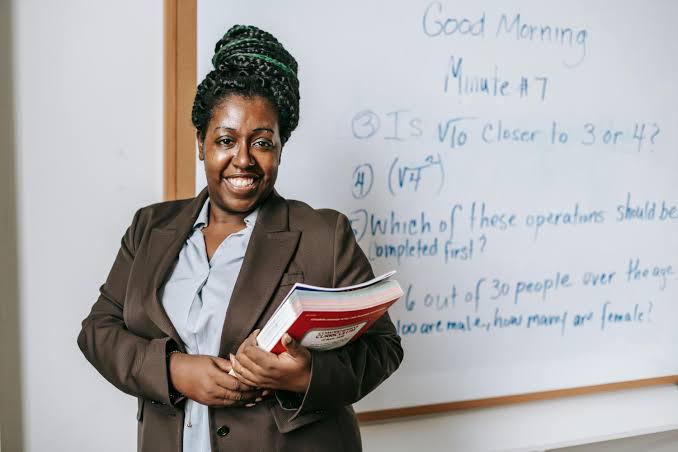As parents, we should understand the importance of laying a solid foundation for our children’s education, especially as they approach primary school. Starting early to give basic literacy skills for academic success and lifelong learning can provide children with a head start in their educational journey.
In this blog post, we’ll explore simple and practical techniques for teaching basic literacy to children, primarily between ages 5 and 6.
Bear in mind that these practices can continue even when they start school.
Letter Recognition
First and foremost, make learning fun and interactive for them. Teaching them at such a tender age mustn’t be boring and all work.
Engage them in playful and interactive activities that make learning fun.
One can use educational games, songs, and descriptive activities to introduce letters, sounds, and vocabulary. Include natural scenarios in learning materials to make them relatable and meaningful to them.
Basic literacy all starts with letter recognition.
Help children learn to identify both uppercase and lowercase letters of the alphabet.
You can do this through alphabet books, flashcards, or alphabet puzzles.
Age-appropriate Books
Foster a love of reading by exposing them to various age-appropriate books and engaging them in reading-related activities.
Encourage them to look at books independently, point out familiar letters or words, and make connections between the text and their own experiences.
Read Aloud
Try reading aloud together regularly. Reading aloud to children is one of the most effective ways to promote literacy development.
Set aside time each day to read stories together, using expressive voices and engaging children in discussions about the text.
Choose a mixture of Nigerian folktales, picture books, and informational texts to expose children to different genres and topics.
Comprehension Skills
Help children develop comprehension skills by asking questions about the stories you read together.
Encourage them to retell stories in their own words, predict what will happen next, and discuss the characters, setting, and plot.
Graphic-rich Environment
Also, create graphics or a print-rich environment to improve their cognition.
Surround them with print-rich materials at home.
Fill your home with age-appropriate books, magazines, newspapers, and writing materials.
Point out and label objects, signs, and symbols in their rooms, helping them make connections between spoken and written language.
Encourage Writing And Drawing
Provide opportunities for children to practice writing and drawing independently.
Offer a variety of writing materials such as pencils, crayons, markers, and chalk, and encourage children to write letters, words, and simple sentences.
Celebrate their efforts and creativity, and provide positive feedback to encourage further exploration and experimentation.
Leverage Technology
Leverage technology as a tool to support literacy development.
Explore educational apps, websites, and digital resources that provide interactive and engaging learning experiences.
Supervise children’s screen time and choose age-appropriate content that aligns with their literacy goals and interests.
Practice Phonics
Phonemic awareness involves understanding that words comprise individual sounds or phonemes.
You can teach phonemic awareness by playing rhyming games, segmenting words into sounds, and blending sounds to form words.
Also Read: How To Prepare Your Child For Preschool
In summary, before children start school, it’s beneficial to introduce them to basic literacy skills to help build a strong foundation for their future learning.
Teaching these basic literacy skills before school helps children develop the foundational knowledge and skills they need to become successful readers and learners.
Make sure to keep activities fun, interactive, and age-appropriate, and remember to praise and encourage their efforts as they explore the exciting world of literacy.
Find more parenting resources here




